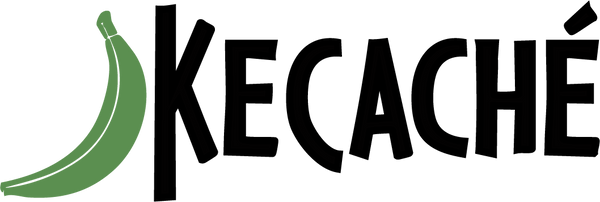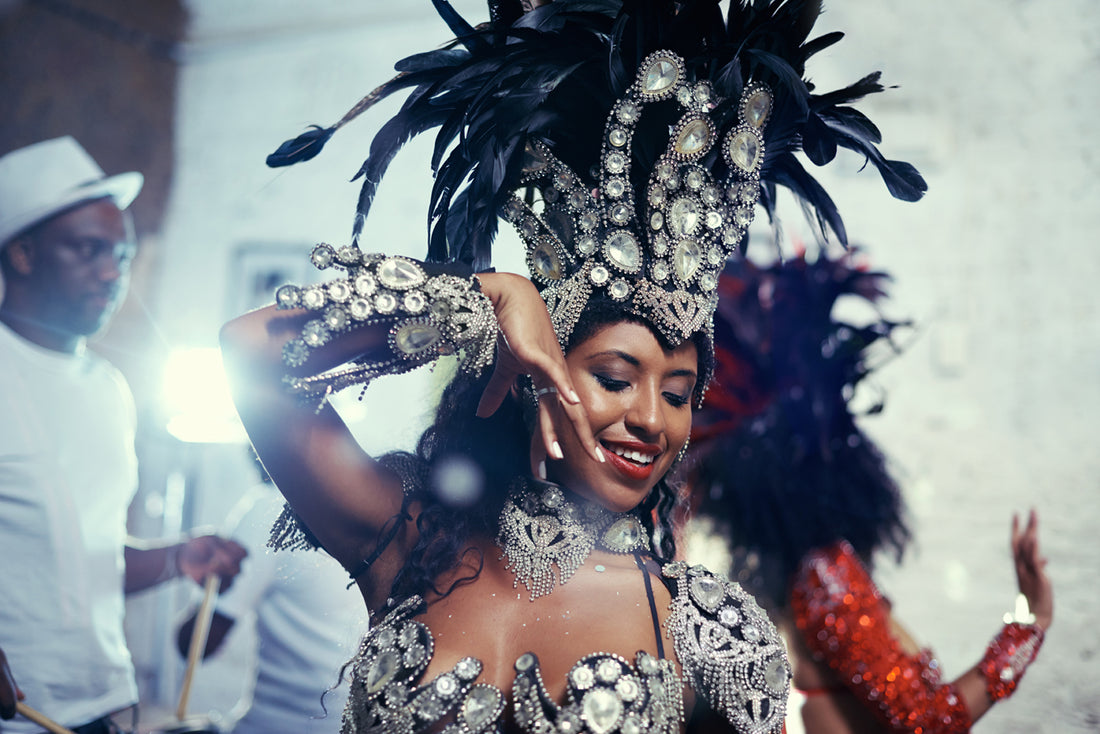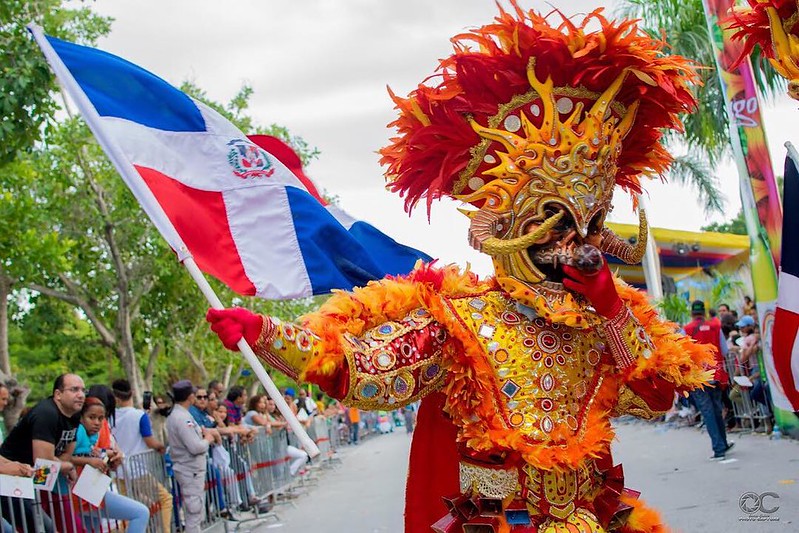One of the most vibrant events in Dominican culture is the Dominican Carnival, also known as Carnaval Dominicano. During this festival, Dominicans of all ages and regions flock to the streets to take in the spirit of this event by watching the parades. Every Sunday in February, spectacular parades take place in every central region and city, with some continuing into March.
The mystical characters, costumes, and masks are all one-of-a-kind in each area, but they all reflect the beauty of Dominican beliefs and traditions, making this festival as diverse as the country's population. So, if you're interested in learning how this carnival came to be, keep reading!
History and origins
This carnival was popular throughout Spain's colonial period and dates back to 1520 (evidence from the La Vega Vieja ruins suggests it dates back to 1510). With the Haitian occupation between 1822 and 1844, the tradition of wearing costumes during religious rituals died out.
When the country gained independence on February 27, 1844, this tradition was revived. The costumes, on the other hand, were designed for carnivals rather than religious events. These carnivals took place three days prior to Ash Wednesday. As a result, February was designated as Carnival Month in the Dominican Republic.
Despite the fact that the carnival was brought to the Americas by Spanish conquistadors, the Roman Catholic authorities considered it to be a pagan celebration. As a result, Christian customs were incorporated into the celebration to combat this perception.
It is not known for certain, but it is highly likely that the Santo Domingo colony was the first place in which native Americans wore pre-lenten costumes.
This festival was designed to help people escape the strict religious traditions of the Old World. By the time the 17th century was coming to a close, the carnival had become one of the most significant celebrations. When Independence Day was added to the carnival, it grew in popularity even more.
What Happens During the Celebration?
Santo Domingo has a military exhibit featuring their Arm Forces. Furthermore, the celebration revolves around the wearing of colorful costumes that reflect the traditional and religious nature of Dominican culture, such as Guloya, Diablo Cojuelo, and Calife. Celebrations are held throughout the island, with each town hosting its own version.
There are also numerous ways to celebrate the carnival, such as:
- Cities and towns hold parades down their major streets.
- People get together to watch the parade.
- During the celebration, bachata and merengue music is played.
- Most people wear brightly colored masks.
If you want to appreciate the vivacity of this carnival and, at least part, reflect this joyful heritage, we have some exceptional Dominican T-shirts available for you to purchase that feature a variety of traditional figures. Are you ready to wear a shirt that expresses your excitement for this event that celebrates a diverse cultural heritage?








